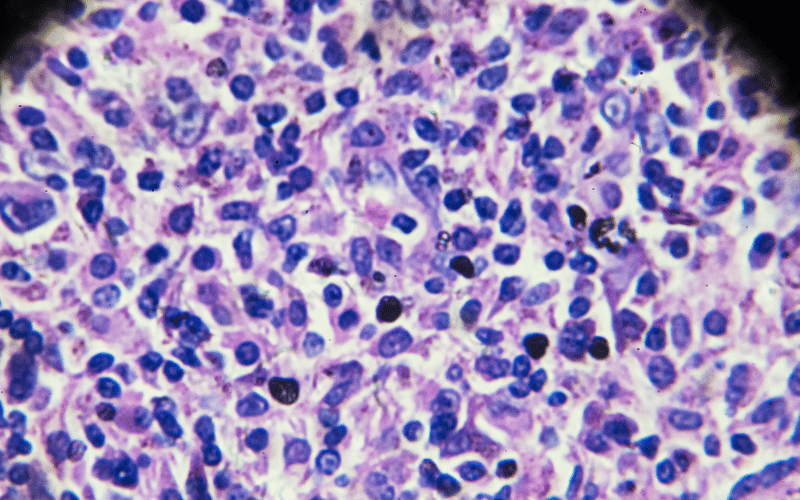Introduction: Unraveling the Mysteries of NHL

Non-Hodgkin’s Lymphoma, commonly abbreviated as NHL, is more than just a medical term or a diagnosis. It represents a journey, a challenge, and often, a story of resilience. It directly affects the lymphatic system, a pivotal player in our body’s defense mechanism. The lymphatic system works diligently, often in the background, to fend off infections and maintain our body’s fluid balance. However, when it malfunctions, conditions like NHL can emerge.
The lymphatic system is composed of a vast network of vessels, nodes, and organs, working in harmony. And when NHL strikes, it targets the lymphocytes, a crucial type of white blood cell. What follows is a ripple effect of symptoms and challenges that are unique to every patient.
As the medical field progresses, the depth of knowledge about NHL continues to expand. We find ourselves with more questions and, fortunately, more answers too. Knowledge is power, and understanding NHL in its entirety can pave the way for better treatments, prevention, and even cures in the future.
In this piece, we’ll delve deep into 15 imperative facts about NHL. Whether you’re someone diagnosed with the condition, a loved one seeking to understand more, or a curious individual passionate about health topics, this article will shed light on various facets of this intricate condition.
Fact 1: Understanding The Basics – What Is NHL?

Non-Hodgkin’s Lymphoma, often abbreviated as NHL, is a term that may sound foreign to many. In simple terms, it’s a cancer originating in the lymphatic system. This system, an essential part of our immunity, is responsible for fending off infections and diseases. It includes a vast network of vessels, nodes, and organs.
Lymphocytes, a type of white blood cell present in this system, play a vital role in fighting off harmful invaders. NHL specifically targets these lymphocytes. When this happens, the body’s ability to counter infections reduces significantly.
Over time, as the malignancy progresses, the patient may notice various symptoms. These symptoms often resonate with issues in the immune response, leading to frequent infections or prolonged recovery times.
It’s worth noting that NHL is not a single disease but rather a collection of diverse subtypes. Each subtype may present itself differently, have distinct treatment protocols, and vary in prognosis.
Like many other cancers, early detection and treatment can significantly influence the outcome. Hence, understanding the basics of NHL is the first step in this direction. (1)